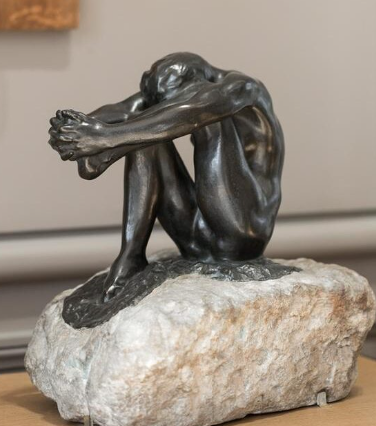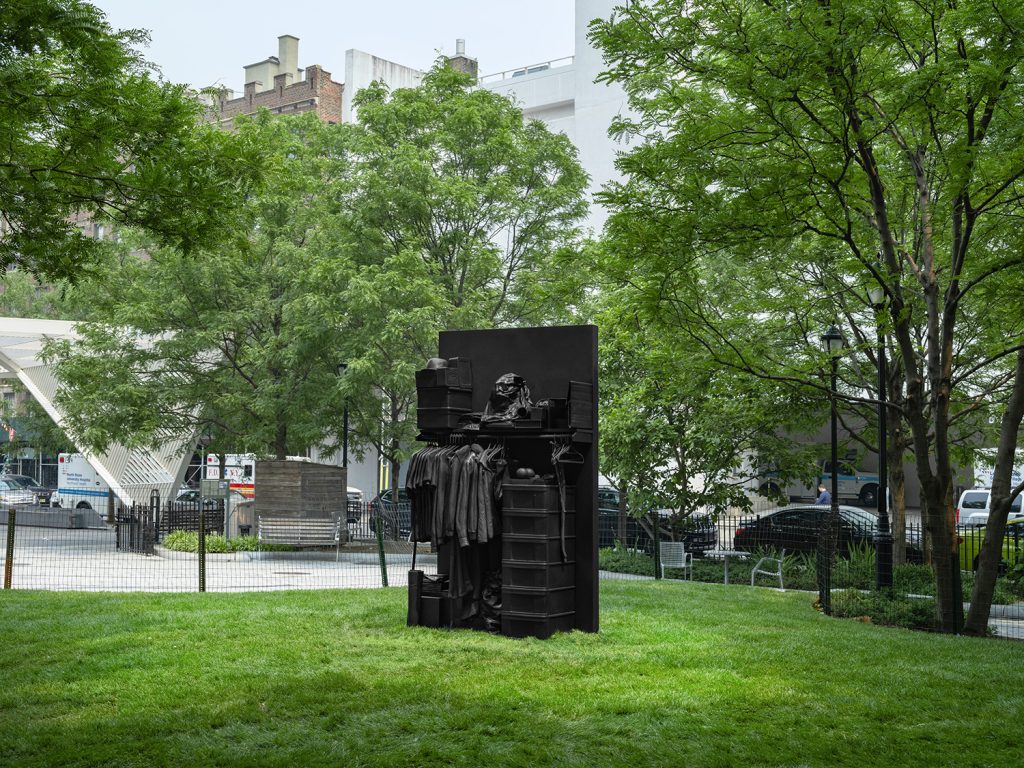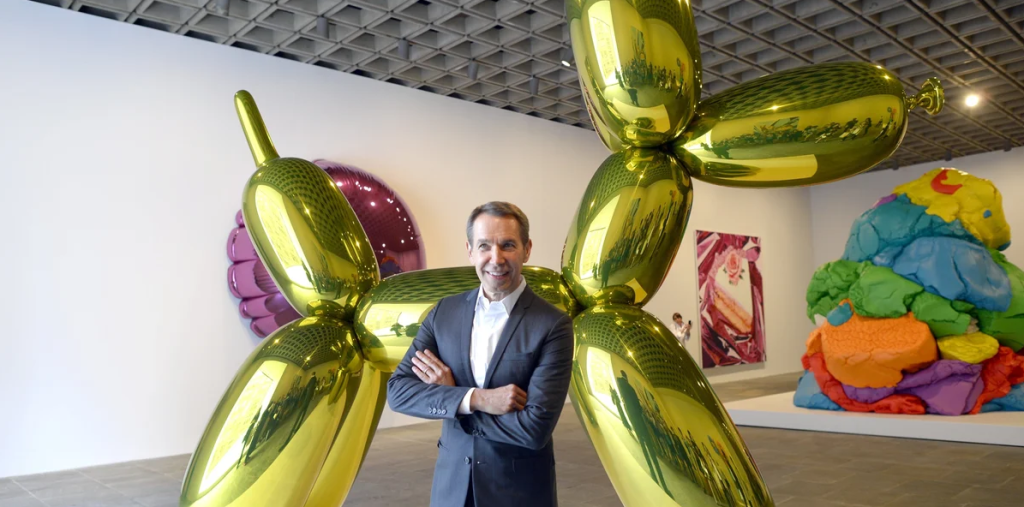The Passion of Form: Exploring Rodin’s Sculptural Masterpieces
Auguste Rodin is often regarded as the father of modern sculpture, and for good reason. His ability to convey deep emotion and intricate detail through stone and metal set a new standard in the art world. Understanding Rodin’s masterpieces can significantly enhance your appreciation for the complexities of sculpture and the emotional power it can hold.
The Emotional Depth in Rodin’s Sculptures
One of the most striking features of Rodin’s work is its emotional intensity. Unlike many of his predecessors, who favored idealized forms, Rodin embraced the imperfections of the human body. This can be seen in works like “The Thinker,” where the sculpted figure appears lost in profound contemplation, showcasing a blend of strength and vulnerability. Rodin’s ability to capture raw emotion is not merely about representation; it is a dialogue between the viewer and the sculpture, inviting us to reflect on our own feelings.
Innovative Techniques and Materials
Rodin was not only a master of form but also an innovator in the materials and techniques he used. He frequently combined different materials, such as bronze and marble, to create a textural contrast that enhances the viewer’s experience. His method of working with clay models allowed for a more spontaneous approach, where he could mold and reshape as inspiration struck. This fluidity in his creative process helped to birth iconic works like “The Gates of Hell,” an intricate doorway featuring numerous figures and narratives that showcases his artistic vision and technical prowess.
The Legacy of Rodin’s Art
Auguste Rodin’s influence extends far beyond his own lifetime; he has inspired countless artists across generations. His focus on the expressive potential of the human form paved the way for modern artists to explore personal expression and individualism in sculpture. Museums around the world, such as the Musée Rodin in Paris, celebrate his legacy, offering a glimpse into his creative mind and the evolution of his art. By studying Rodin’s works, we gain insight into not only his artistic journey but also the broader context of how sculpture has transformed throughout history.
In conclusion, exploring Rodin’s sculptural masterpieces reveals the power of emotion, innovation, and legacy in art. Whether you’re a seasoned art lover or just starting to dip your toes into the world of sculpture, Rodin’s work offers invaluable lessons. Dive deeper into the world of art and discover how it can resonate with your own life experiences.


